Documentary vs. Lifestyle Family Photography: What is the Difference?
Oftentimes, people say documentary family photography when they really mean lifestyle family photography, and who can blame them? In a world chockfull of labels, it’s impossible to keep it all straight, especially when you don’t make a living from knowing these labels.
On today’s blog, I tackle the distinction between documentary family photography and lifestyle family photography.
Let’s begin with what “family photography” means. It used to be that there was a photographer, and a studio, and lights, and maybe props. A family would visit the studio in their Sunday best, they would be carefully posed amongst the props, the photographer would say “cheese”, and take the picture.
Before this, there was family portrait painting, which took eons and was an elite business. I don’t imagine anyone but the highest bourgeoisie and royals could afford a family portrait of that type.
Traditional family portrait photography, when done well, has a classic look and feel.
These are the photographs that have filled frames for decades, lined the walls of hallways in family homes, and generally given pride and joy to owners for a long time. These are the photographs the British Royal Family commissions at least once a year.
These types of photographs have shaped our early understanding of what family photography means.
At a family dinner, traditional photography is the well-dressed, perfectly poised and impeccably mannered matriarch. She is the hostess of the event, and she is beautiful and composed in every way. She would prefer if everyone used all fourteen kinds of dinner forks, and they are made of silver, and polished to a gleam. She is someone you want to talk to. She is timeless.
Enter lifestyle & documentary photography, the sisters.
As it stands, LIFESTYLE FAMILY PHOTOGRAPHY is a posed branch of photography. A lifestyle session can happen in the studio, or at a pretty outdoor location, like a beautiful local park, forest, field, etc. Anything with plenty of ambient light is well suited.
A lifestyle family photography session will typically happen during the “best” time of day, which, photographically speaking, is ‘golden hour’ (an hour or two before sunset), sometimes also early in the morning. Never in the middle of the day, because of the horrors of stark sunlight and what it does for shadows on faces (spoiler: it puts harsh shadows everywhere). A good lifestyle photographer will make photographs that are beautiful and never stiff.
Lifestyle family photography is the eldest daughter. She is old enough to know that her mother is beautiful and composed and to emulate her successfully in all the right ways; she is young enough at heart to want something, to crave something more. She laughs out loud, despite her mother’s protestations. All the suitors watch her carefully, with a glint in their eye. She is captivating, and makes them wish they could impress her. She is just as beautiful as her mother. She is going places. She will wow the crowds.
DOCUMENTARY PHOTOGRAPHY enters with a bang.
She is the youngest sister. She has forgotten to wear shoes outdoors, so that her youthful feet are caked with mud when she steps into the dining room. She has a tangled mass of flowers in her hair. Unaware of anyone’s glances, she cares not for propriety. She is kind and giving. Under the strands of hair obscuring her features, she is just as beautiful as her mother and older sister. But she runs and jumps about the room, sometimes ungainly, speaks out of turn, and blurts out her thoughts. Some of the gathered guests might miss her remarkable nature. They are looking for something polished, and conventionally beautiful. She is true, raw, unencumbered beauty. She reminds you of the fire in your heart.
Documentary family photography is an unposed branch of family photography. In its purest form, documentary photography can take place anywhere, at any time of day, in any light. The photographer will not arrange the room, will not even recommend a place for the session. There will be absolutely no posing, no direction, no “smile and look at the camera”, no “stand there! Perfect, you look great”.
Sometimes, when people are totally unfamiliar with documentary family photography, it is difficult for them to conceptualize just what it is about. What does a ‘typical session’ look like? What are they expected to be doing? How are the photographs meant to look? And what does the photographer actually do, if they are not directing or arranging anything?
These questions are so natural. The truth is, there are no typical sessions. Each session is as unique as the family that requests it. There are no suggested activities, because each family finds joy in different things.
The aim of documentary family photography is to capture the true essence of life – of the everyday events that shape a life – and create impactful photographs. It is not to slot people into conventional categories, but to explore the uniqueness of each person.
I align most closely with documentary photography.
Once I arrive at the location - wherever you tell me to be - I begin to exercise my skill. First, I will chat with you, for sure. I want everyone to feel comfortable. I won’t take a single photo until I feel the moment is right.
Talking with your subjects is a topic of some debate among documentary photographers. It is sometimes said that a documentary photographer should be a ‘fly on the wall’. I don’t agree with this fully. The fact is, most people would feel awkward if you showed up with a camera and started photographing them without first making friends with them, sitting on the floor with their kids, making sure the scene is comfortable for everyone. Even if the photographs turned out alright, the experience would not be good. So first, my job is to make sure everyone is well.
A good documentary photographer will artfully capture the everyday moments in a visually compelling way.
Sometimes people say to me, “you know, my uncle Ned has a good camera and he is very good at taking candids. Why do I need a documentary photographer?"
The job is seemingly simple on its face. See something cool, take a picture. Right? Well, let’s imagine…
The documentary photographer enters a dark living room, a shadowy basement, or a well-lit kitchen with four different types of mixed lighting giving off gnarly hues, a stack of appliances in the background. A documentary photographer witnesses running, jumping kids, people moving in and out of the frame, unguided; she witnesses families clustering in close to one another, parents starting to tickle their children on a whim, sibling fights, tantrums, dinner prep, interesting things outside the window, and much much more.
The documentary photographer witnesses the world as it unfolds in all its complex beauty.
She must be ready to capture this evolving grandeur quickly, at just the right moment.
There are no re-dos.
The documentary photographer must anticipate what will occur instead of wait for it to happen. By then it will be already too late.
Documentary photography requires Olympics-worthy mental gymnastics.
It gives rise to photographs that are interesting not just to the people in them, but to the world, for the world can relate to what they see.
Good documentary photography is more than just a ‘candid’ photograph. A great documentary photograph will become more interesting the more you look at it.
Now, let’s consider what documentary family photography and lifestyle family photography have in common: they can both give rise to “candid” moments, and this is what might be confusing to some clients (and new photographers).
The appeal of the candid is that it occurs spontaneously, and can look better than a posed moment, especially if you are untrained in making a good posed portrait. (Imagine our youngest daughter at the dinner party above, suddenly trying to wear her mother’s gown; she would likely feel and look out of place).
When you ask a gaggle of children to look at you and smile, you get all sorts of cheesy grins. Cute as they are, they are anything but authentic, and little Jimmy’s mother can tell you this in a heartbeat. She loves all Jimmy’s photographs of course, but she sure wishes it were a real smile that time.
When Jimmy really smiles though, when something truly makes him happy, well… The whole world smiles. A genuine smile has a lot of mileage. It can be framed just as well as the posed guy, but will likely give you more viewing pleasure for decades and decades to come.
Both documentary and lifestyle photography are capable of achieving genuine smiles. But in the case of documentary, Jimmy will arrive at the smile quite on his own terms, with no guidance from the photographer. And when it happens, the photographer will be poised and ready to grab it. Is that a mad skill the photographer must hone? You bet.
(For an interesting view, consider this blog, in which lifestyle photographer Elena Blair emphasizes the importance of being honest, and telling clients that all moments in a lifestyle photography session are posed and orchestrated. Even the ‘in-between’ moments.)
I hope you have enjoyed the dinner party and the guests. They are all fun people, worthy of knowing. They all have quirks. I hope you follow your heart and choose the type of photography that feels right for your family. And if multiple types of photography feel right, then try each one at least once! The world is full of beautiful moments and it is your right to frame and smile at as many of them as you can manage!
Now happy posing or not posting to you all!
Below are some photographs from a most recent family photography session. It took place in Ottawa, and it was unposed and undirected. As you can see, plenty of genuine moments and even candid portraits were achieved in the span of an hour. And no one ever had to be told what to do.
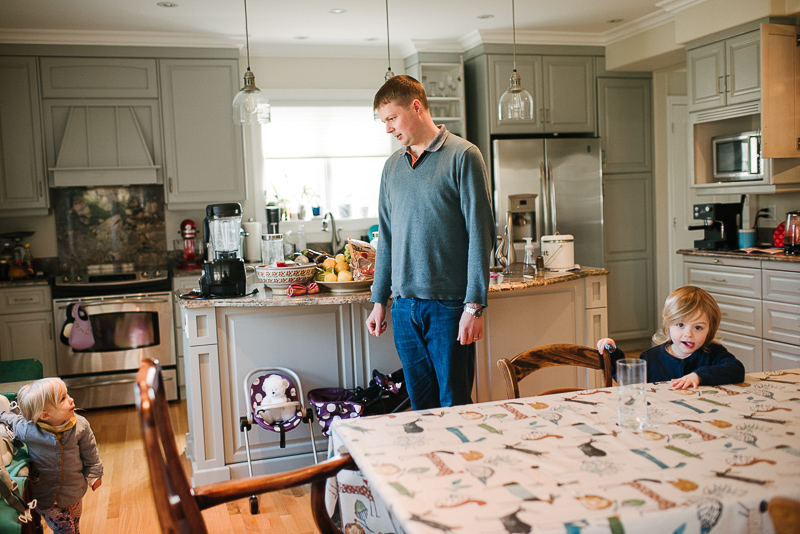
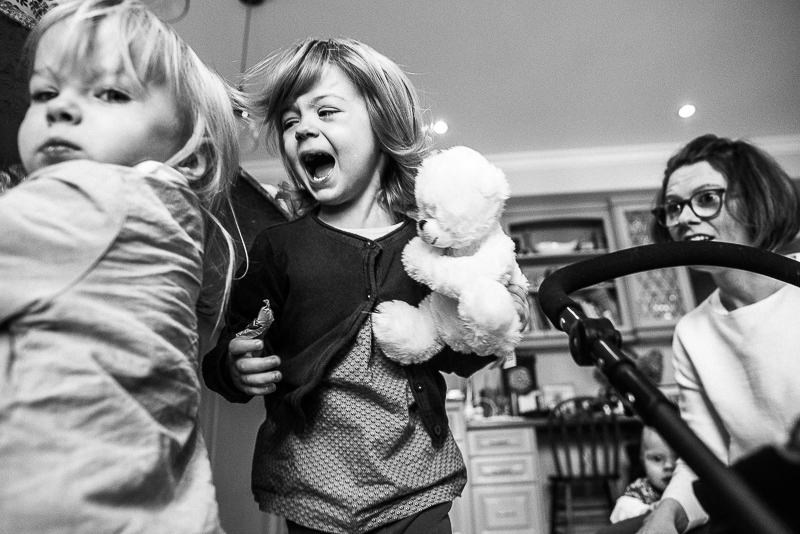
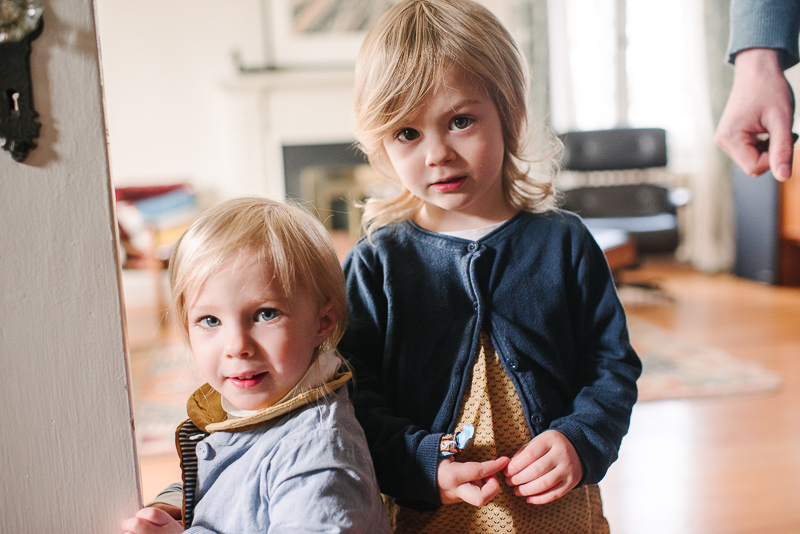

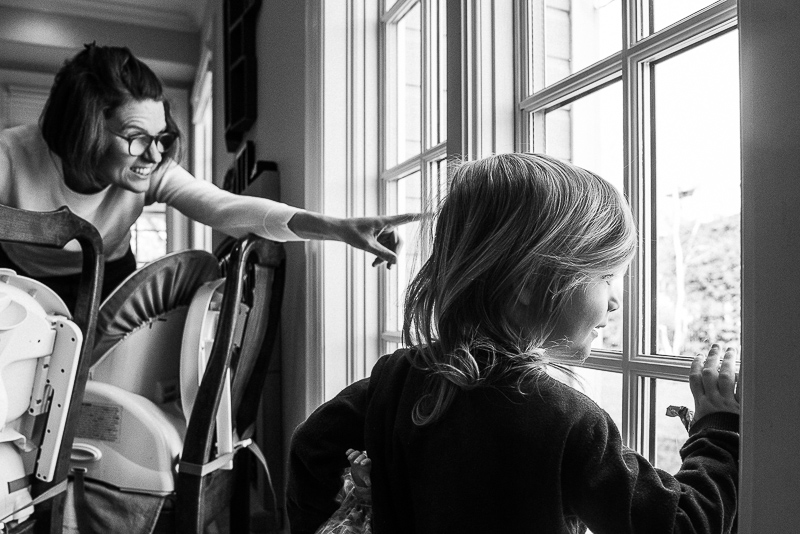
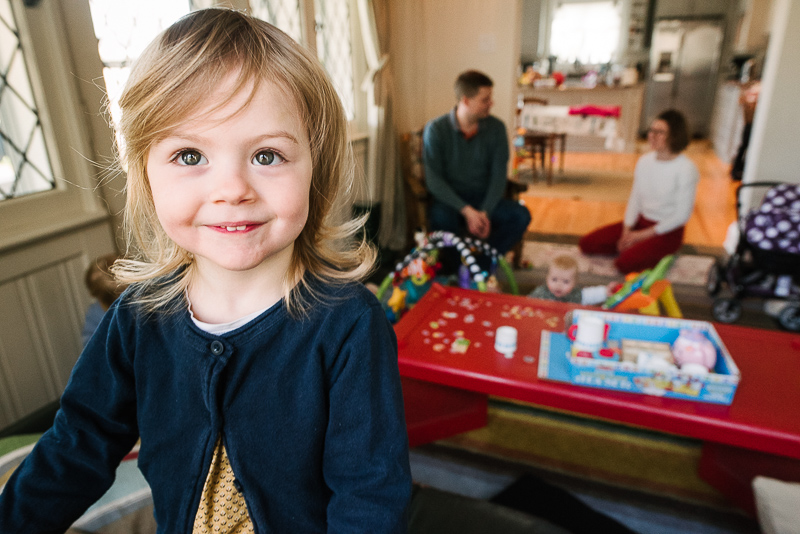
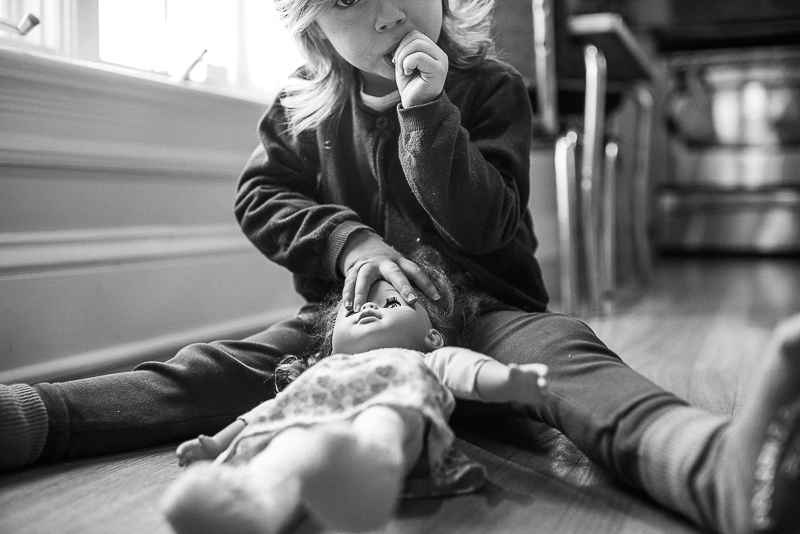

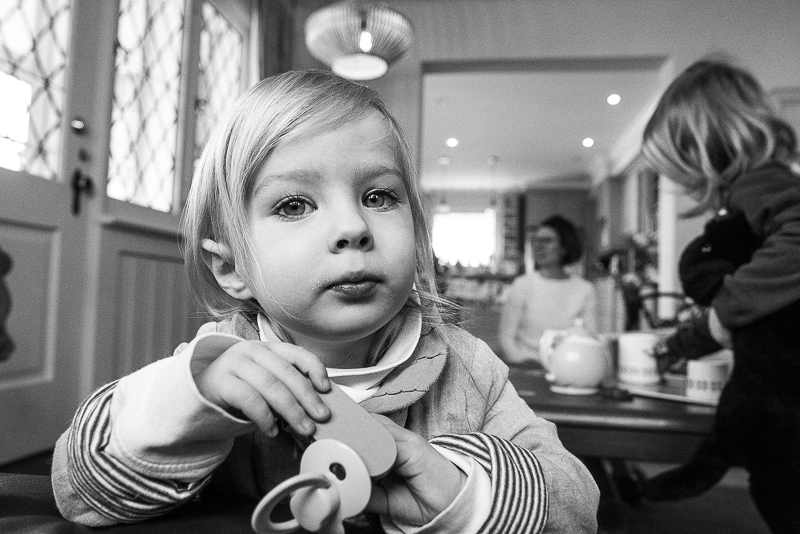
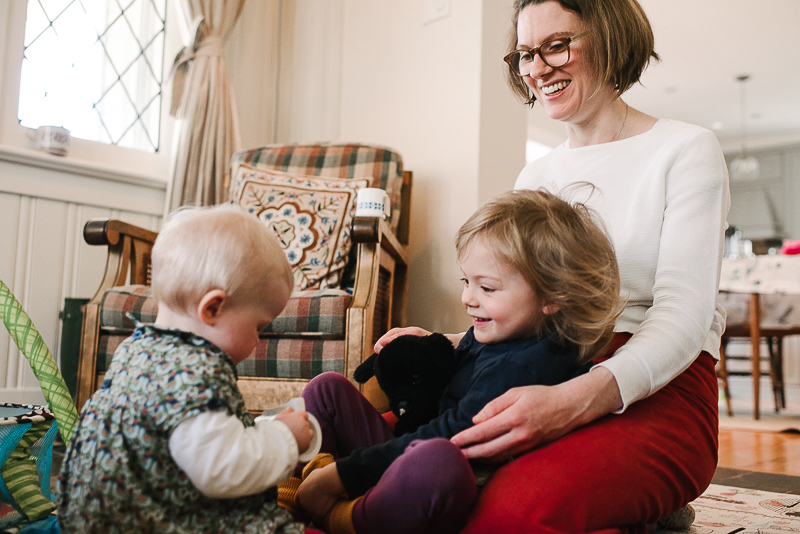
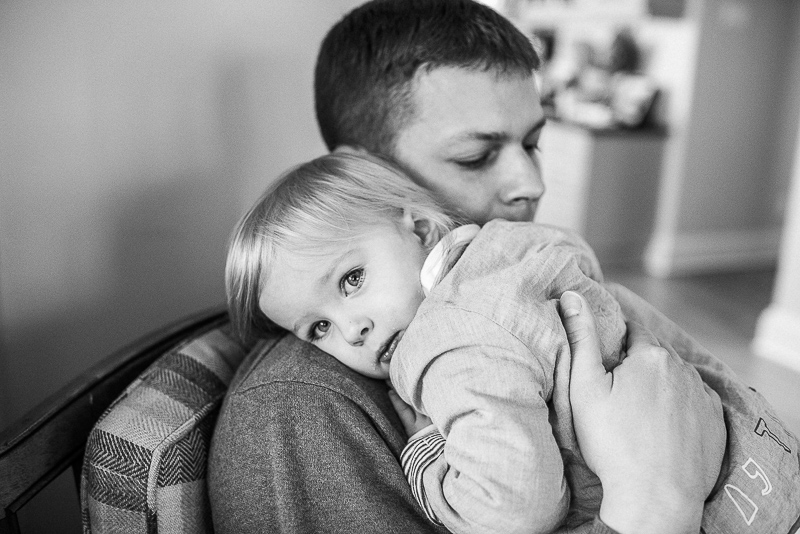
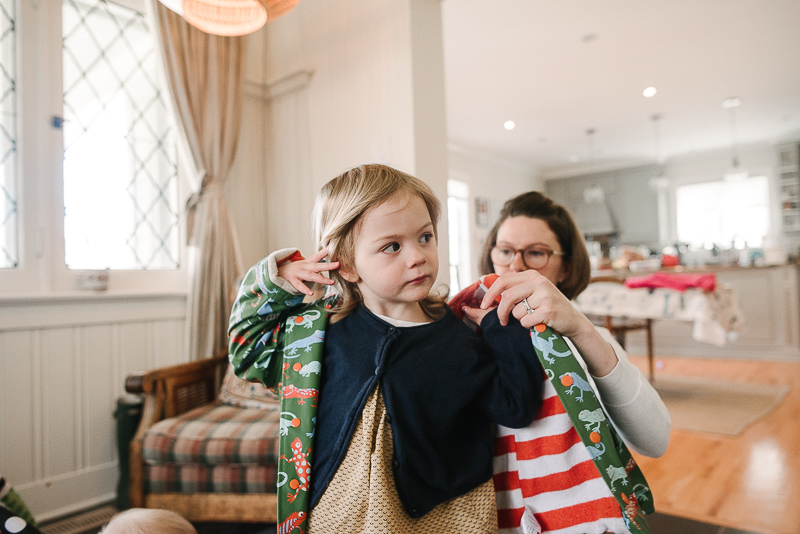
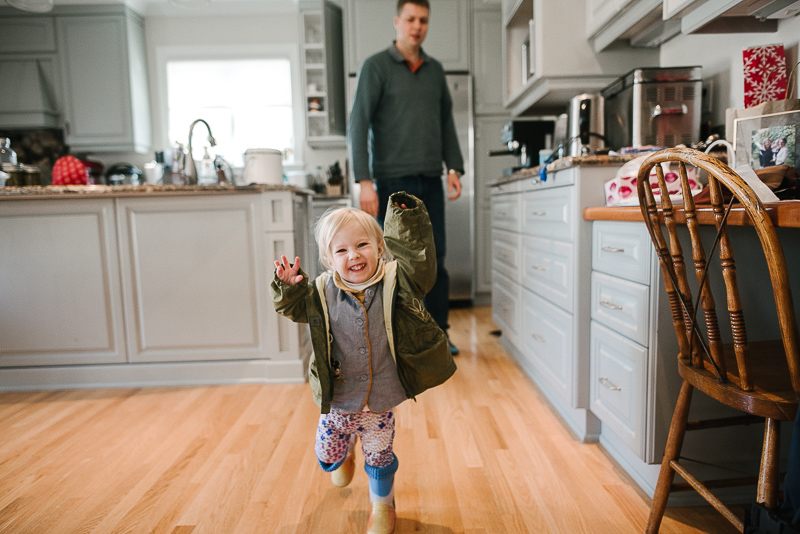
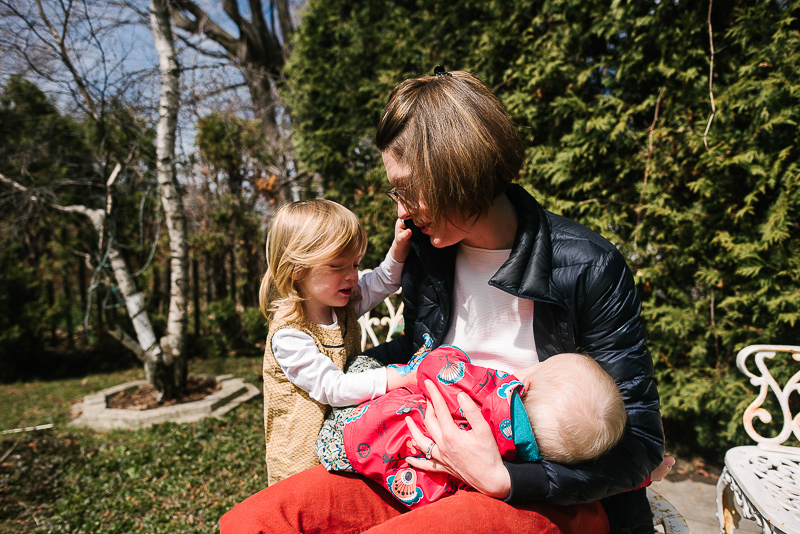
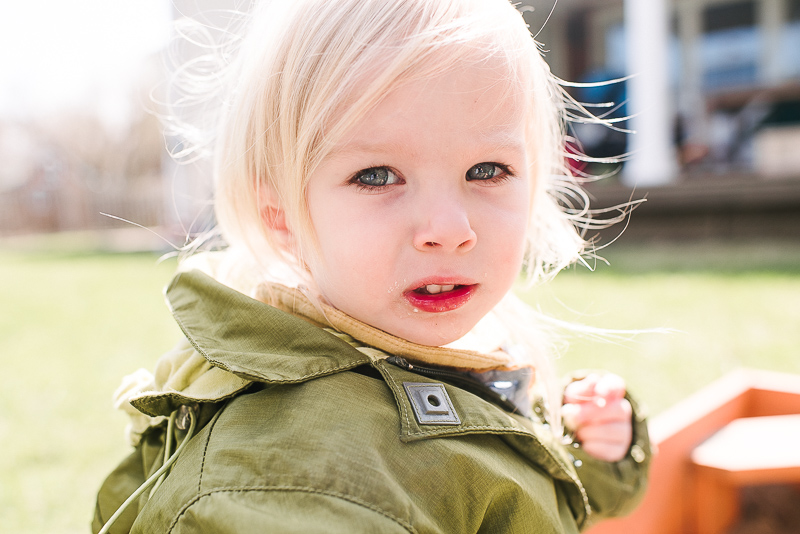
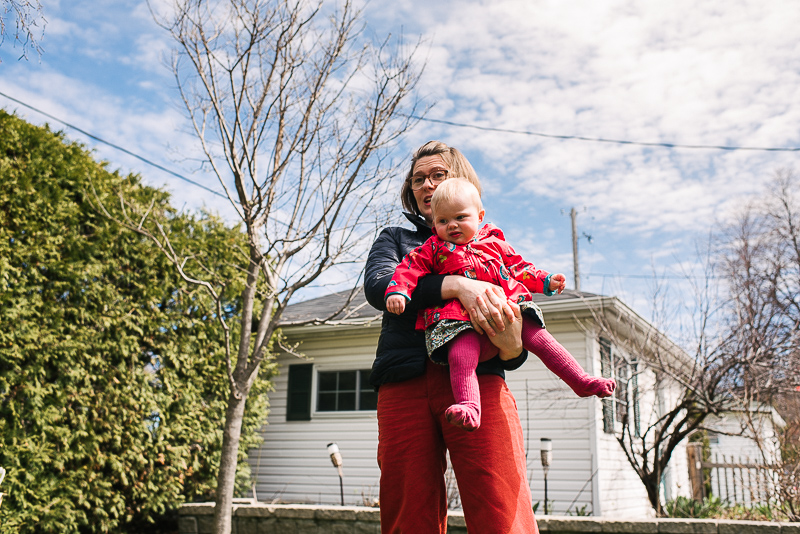
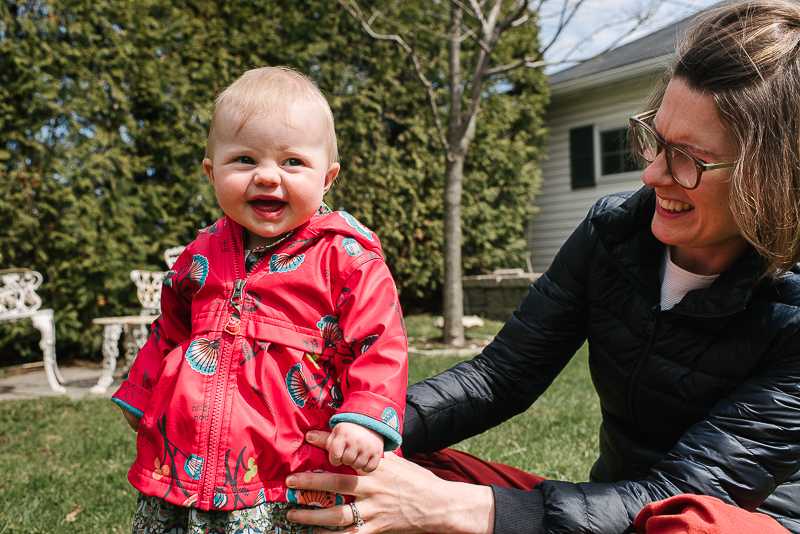
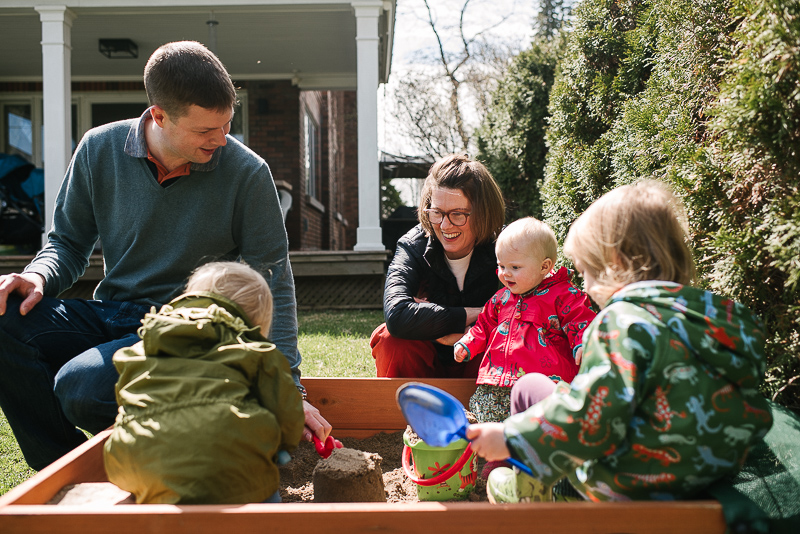
if you found this content useful, please feel free to pin the image below :)


